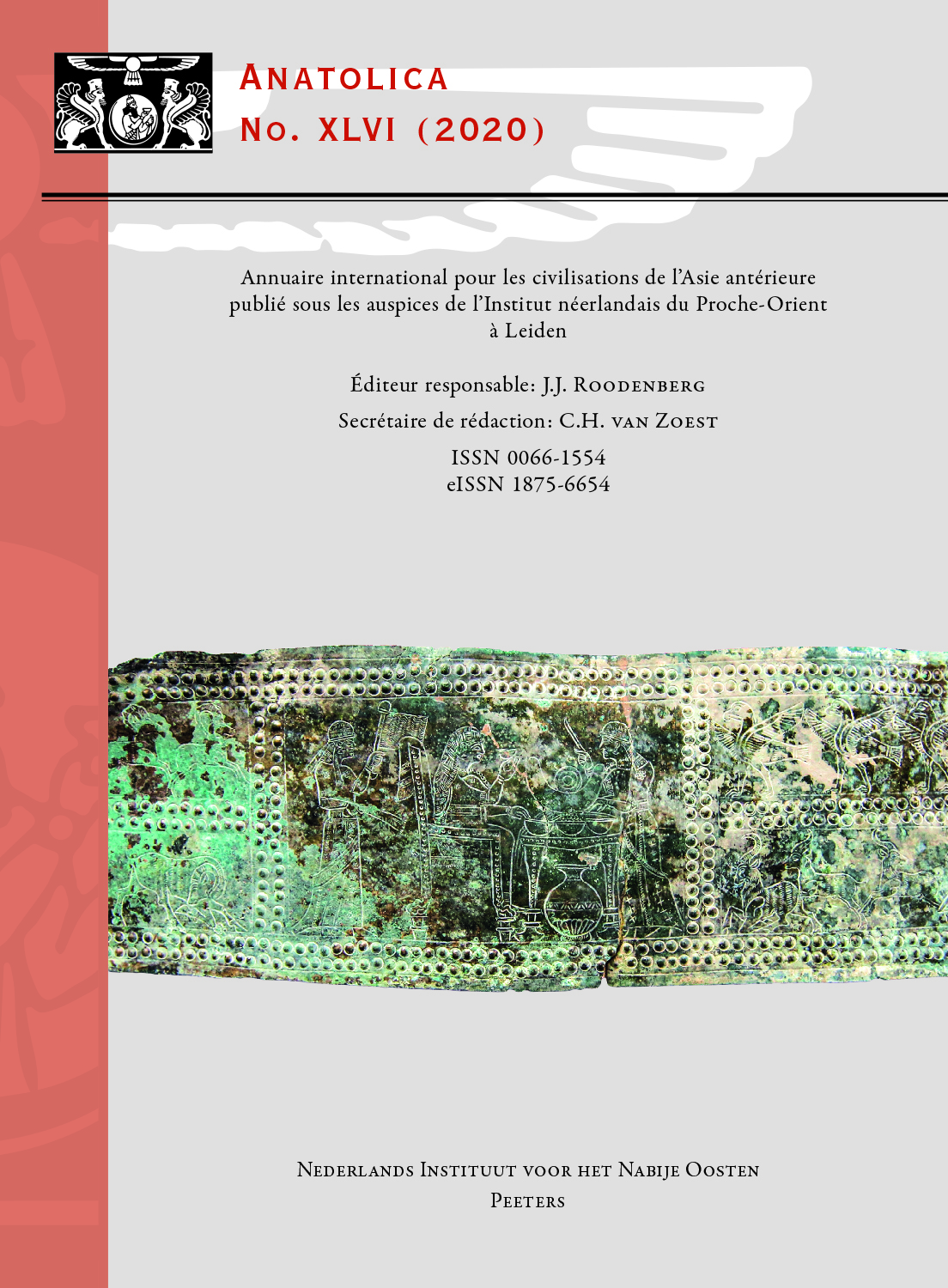 previous article in this issue previous article in this issue |

Preview first page |
Document Details : Title: The 'Aynali Martini' Subtitle: The Ottoman Army's First Modern Rifle Author(s): BENNETT, Julian Journal: Anatolica Volume: 44 Date: 2018 Pages: 229-255 DOI: 10.2143/ANA.44.0.3285056 Abstract : currently nThe Russo-Turkish War of 1877-1878 is generally recognised as the most calamitous of the several wars fought by the ‘modernised’ Ottoman Army of the late 19th century as it ended with the Russian army at the gates of Constantinople in the west, and in occupation of Erzurum in the east. The only major Ottoman feat of arms in that campaign was the ‘Plevna delay’, where between July and December 1877, the garrison of Plevna, under Nuri Osman Paşa, resisted two major attacks by Russian forces and a third with their Romanian allies, thus preventing the Russians from advancing on Constantinople until the following year. The successful defence of Plevna was to a great extent due to the defensive earthworks built there by the Ottoman garrison and which resisted all attempts at destruction through artillery fire. But the main factor in the ‘Plevna delay’ was the wholescale employment by the Ottoman garrison of the Peabody-Martini rifle, a weapon that had only recently entered the Ottoman infantry inventory. While the story of the Siege of Plevna itself within the wider context of the Russo-Turkish War of 1877-1878 is well known among those interested in the military affairs of the period, the history and nature of the rifle that played so significant a role there – its biography, as it were – is not well known outside of specialist military reference works, a vacuum this article seeks to fill. |
 |


